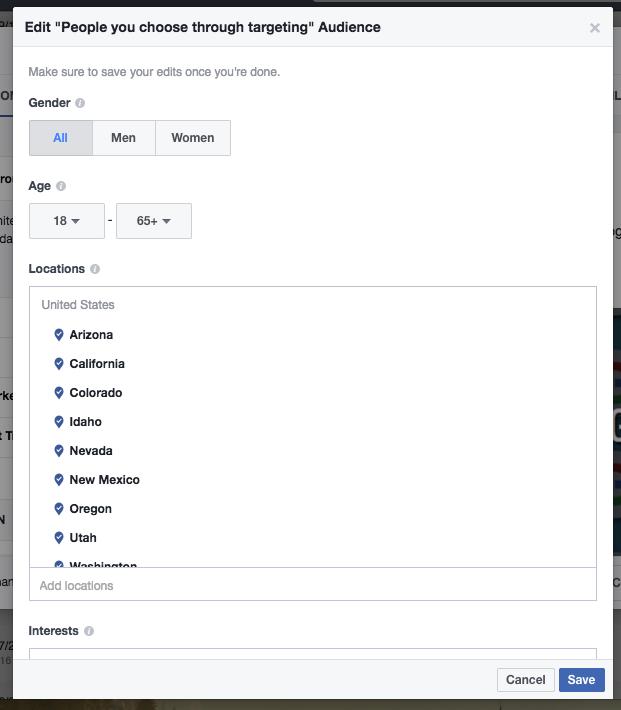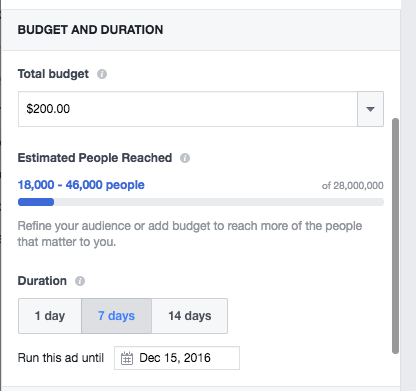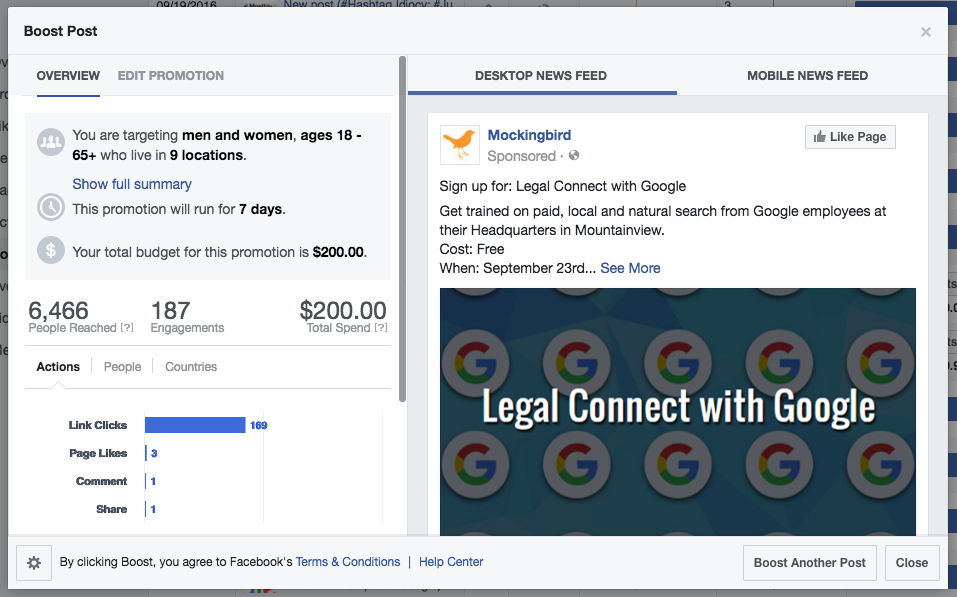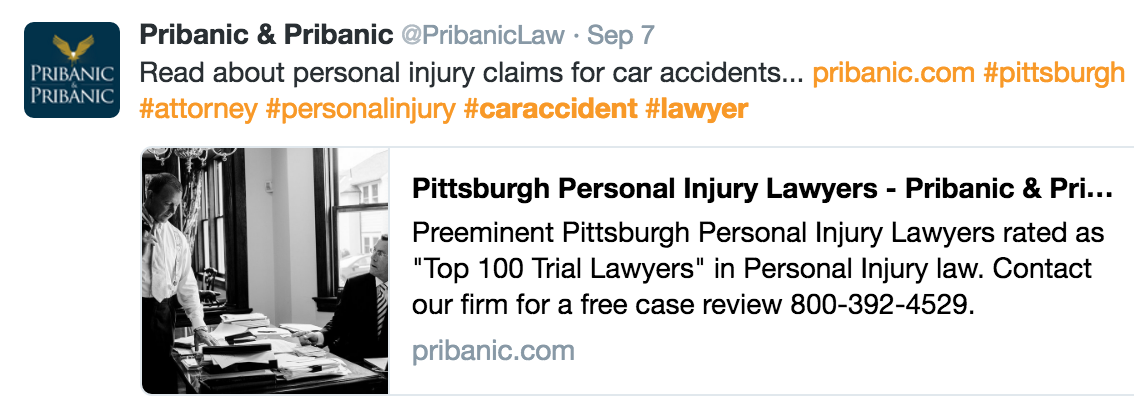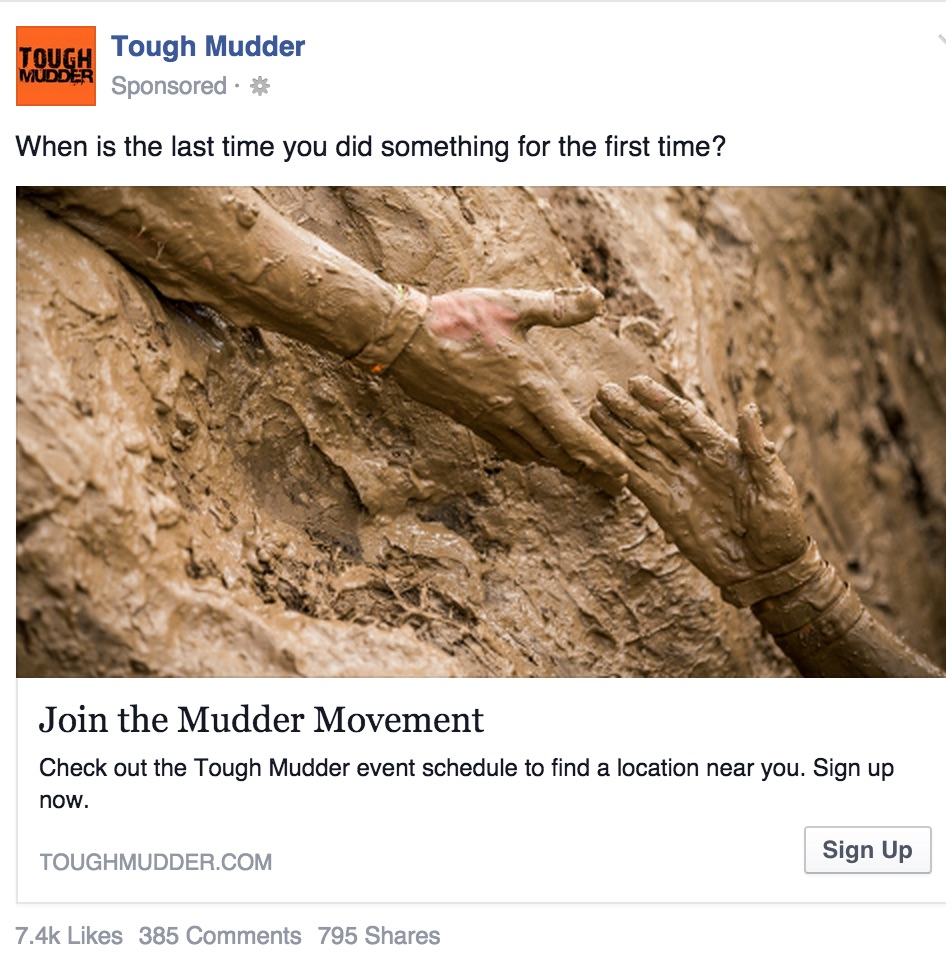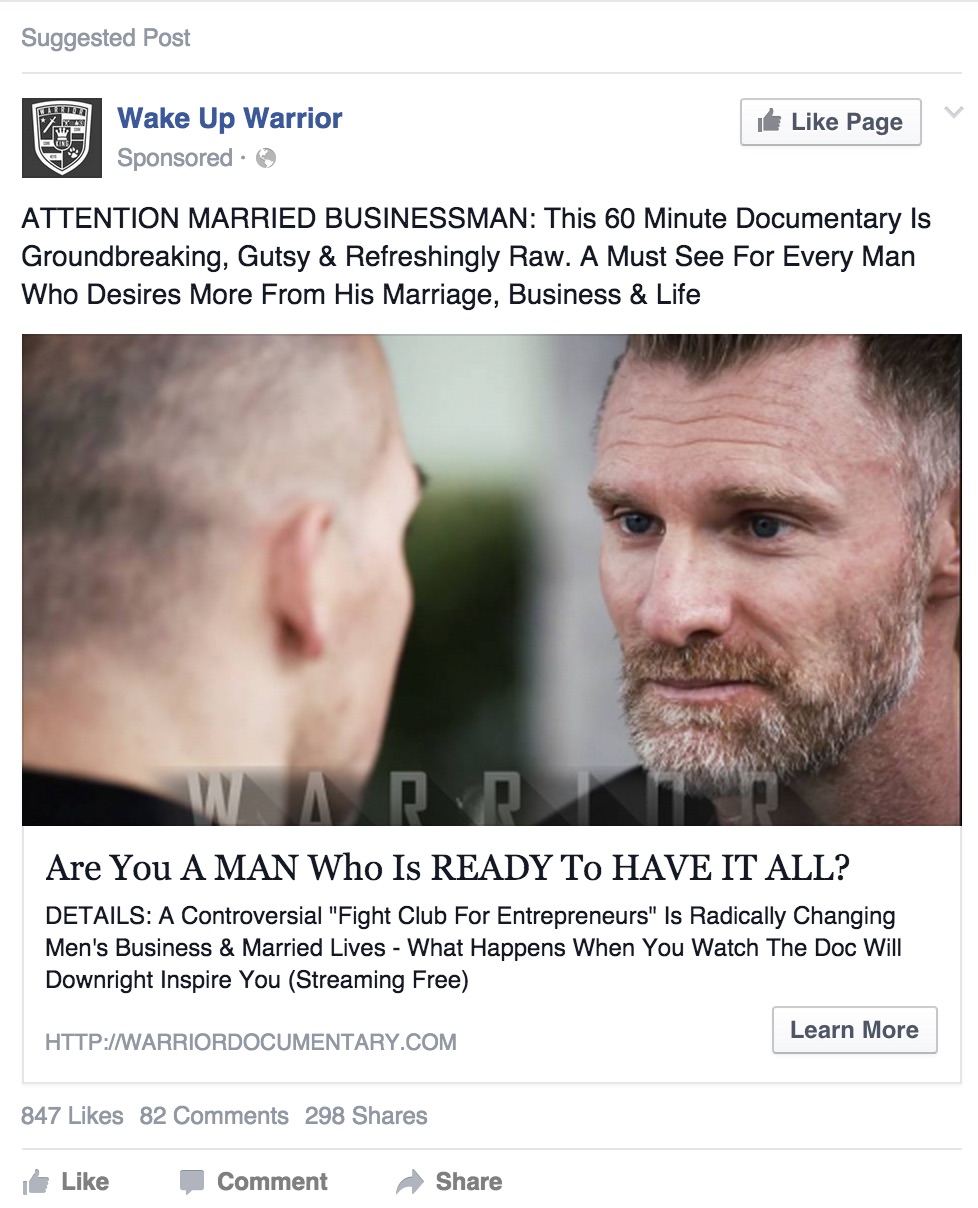UPDATE: Register for the Webinar – WTF is Dark Social – May 11 at 11:00 PST.
Dark Social isn’t a sinister form of social media; put very simply, Dark Social is everything that happens both online and offline that is unattributable through traditional online reporting infrastructure but still drives Leads, Consultations and ultimately Clients. It is widely championed by Chris Walker of Refine Labs in the SAAS world, where teams of social media marketers, advertisers, and thought leaders combine multiple marketing channels to drive inbound interest among prospects. Those prospects (Marketing Qualified Leads in the SAAS vernacular) are vetted, qualified and shepherded through the early prospecting process by hoards of Sales Development Representatives with highly qualified, informed and prepped leads eventually landing as Sales Qualified Leads on the desks of eager Account Executives salespeople. In this world, there are a huge number of potential customers and the lifetime value of each of them is high. Prospects conduct a ton of research, sales cycles are long and touchpoints are numerous. Consider Dark Social for legal SAAS player Clio, whose lifetime value of a client ranges from 4 figures to well into the healthy (for Clio) 6 figure range. Replacing Matter Management Software is a complex, difficult proposition, impacting the very way the law firm conducts business so law firms switch slowly and carefully. Deliberate (and trackable) Clio direct touchpoints to prospective purchasers at law firms are numerous. As are those indirect touchpoints of Dark Social – the YouTube video shared on a firm’s Slack Channel of the enigmatic Jack Newton talking about customer centric law firms, the podcast covering data points from the annual Clio Legal Trends Report (sidenote: read it, every single year), the law school friend’s email vendor who touts their Clio integration on LinkedIn which then shows up in your feed because the LI algo gave it wider distribution because she and two other people you are secondarily connected to commented on it. Last step, an interested lawyer fires up Google, searches for “Clio Matters”, clicks an Google Ad and then calls Clio.
In the (overly) simplistic attribution world of internet marketing, that last step would be carefully tracked, automagically added to “Source” field in a sophisticated CRM or IMS system and the sale would be attributed to Google Ads. For more complex multi-touch sales cycles (like retargeting followed by a lead magnet, and email campaign), we could have debates around first vs. last touch attribution, or sophisticated attribution weighting models like 40/20/40. Yet Google Ads and all of these easily trackable online activities did nothing to drive the initial demand. The amazing magic of the marketing required to generate inbound interest is completely overlooked. The firm’s marketing reporting is limited to what is trackable and Dark Social is untrackable by definition.
I’ve long railed against the “and how did you hear about us?” method of identifying marketing channels that are driving not just leads, but actual consultations. It’s messy, inaccurate, invasive, simplistic and frequently a skipped step by a well-meaning front desk. Yet, with an increasing volume of leads showing up in the ‘unknown’ bucket; my thinking has evolved. Sidnote: expect the “unknown” number to get larger as privacy restrictions continue to make the attribution of leads much more difficult. Tracking Dark Social requires asking that question… aka self-reported attribution.
To be clear, prospect purchase behavior in the legal field doesn’t regularly follow a typical SAAS sales cycle. That’s why unbranded PPC campaigns and (frequently) SEO often have a much more direct and immediate purchase path than these complex SAAS sales cycles. And are therefore much more accurately trackable. For example: Walk in on spouse with pool boy -> Google “divorce attorney” -> Click Ad -> Call Lawyer -> Hire. Further, it’s It’s also important to note that law firms are marketing primarily to individuals who don’t want to use their services at all. Consumers don’t want to face catastrophic injury, get pulled over for drinking too much while driving, etc. Yes, in areas like family law and estate planning, more due diligence is usually required, and the client journey starts much earlier and is more complex. But in both of those cases, Dark Social can have a massive impact on who that end client decides to seek out for their legal needs.
Dark Social plays a part in some (many?) legal purchase decisions. Enter the imperative of recognizing the impact of Dark Social and the importance of the “how did you hear about us question”, which I frankly like to ask differently: “we get lots of referrals from the community and we send them a thank you note for that word of mouth endorsement…. Did anyone recommend us to you?” This positions the firms as a recognized leader, demonstrates a level of gratitude and gives firms an opportunity to send that referral source a thank you gift (a step most firms fail to deliver on, despite the best of intentions.) You’ll get an answer to the “how did you hear about us?” question without coming across as a craven marketer. And that answer can and should be tracked in your CRM system, in addition to another field capturing your automated source attribution (SEO, PPC etc.) Frequently the answer to that question is some amalgam of Dark Social tactics which have reinforced the brand of that law firm repeatedly to the end prospect.
Traditional Social Media Marketing and Dark Social are Different Things
Succeeding in Dark Social for law firms requires a strategic mindset that goes well beyond the facile tactics and metrics deployed by legal marketing social media experts mavens ninjas scorpions consultants. Sharing your “Top 10 Things to Do After a Boise Idaho Car Accident” blog post on Facebook isn’t going to cut it. Neither is posting your “Congratulations to Susan for Being Named Superlawyers 2022 in Lincoln Nebraska” on LinkedIn. Nor your Twitter follower count inflated by thousands of followers from WhoKnowsWhereItIsistan. There’s so much more to doing this in a way that drives business for a law firm…
The key for law firms in succeeding in the Dark Social game is to leverage the network-effect reach of technology through in depth, engaged community outreach and and has very little nothing to do with the practice of law, tips about law, analysis of changes to laws, lawyer directory superlative announcements or law firm settlement amounts. Put simply – connect genuinely and deeply within the community in which you serve. It’s indirect, yet amazingly impactful when done consistently, deliberately and over time. It’s also a long term commitment – not something to test out for a few months. It’s the way Social Media marketing really, deeply and genuinely builds a positive brand.
There are a smattering of examples of law firms executing on Dark Social very well. Ken Levison out of Chicago who has leveraged his love of food to profile (and therefore market) local restaurants. Josh Hodges using TikTok to tell the history of the numerous small towns northeast of Cincinnati. Morris Lillienthall, leveraging multiple channels and his avuncular personality to highlight the movers and shakers in and around Huntsville, Alabama. Each of these brands are built by showcasing others and building a social network by distributing that content widely. These activities (and the focus on others, instead of the law firm) have built genuine positive awareness more cost effectively and genuinely than any TV commercial can. For more on this mindset, I recommend reading Gary V’s seminal book, Jab Jab, Right Hook – perhaps with the lens that Gary’s “right hook” may never even be necessary in Dark Social and the marketing of a law firm, because the jabs generate demand in and of themselves.






